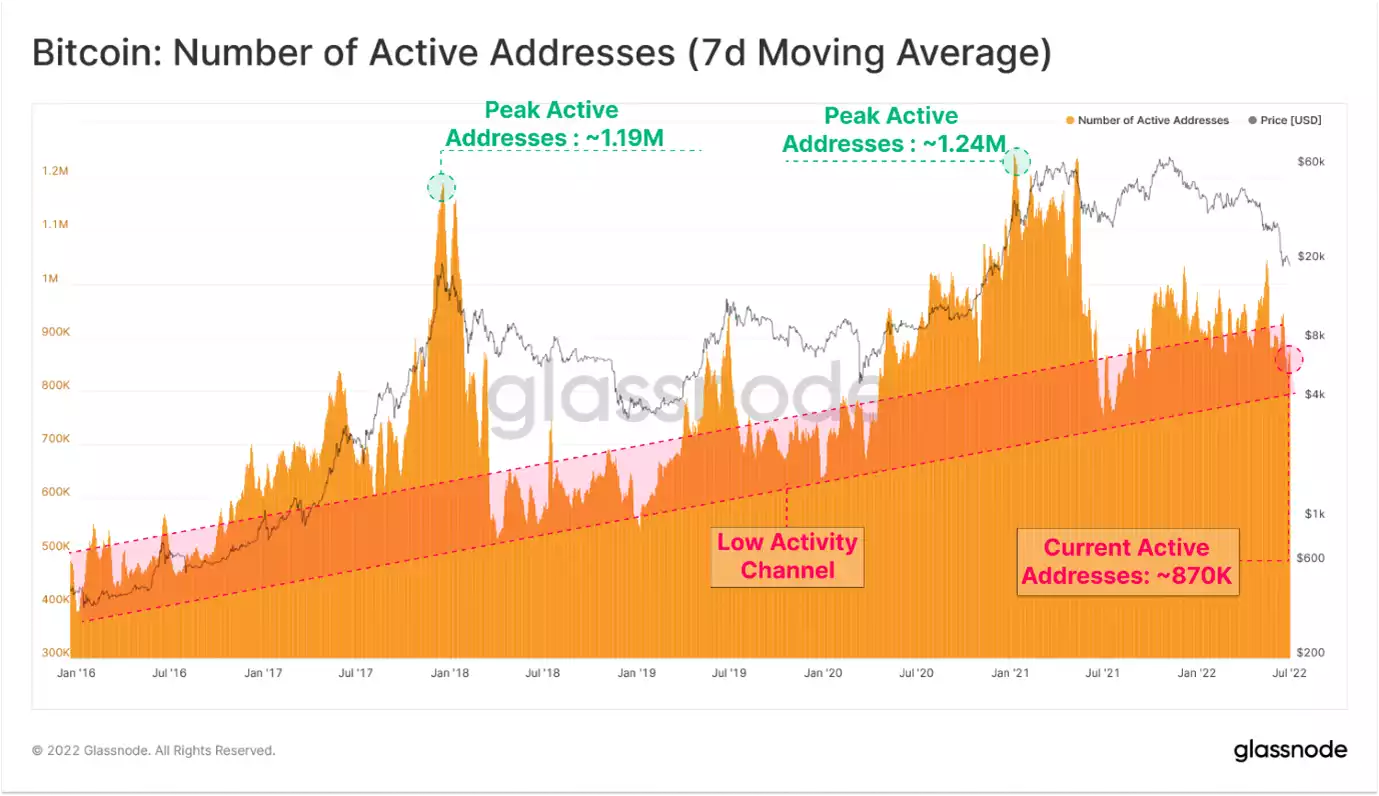The Best Investment of The Year
News
|
Posted 11/11/2020
|
6155
Bitcoin has leapt back into the limelight after taking a backseat to the DeFi craze. Initially, it looked that this was just another intermarket move driven by the reallocation of capital from big winners back to BTC, but something seems different this time and it appears the landscape is shifting beneath our feet.
A few key factors are driving the price which we have been pointing out over the last few months:
- PayPal, the online payments giant, introduced the ability to “buy, hold and sell select cryptocurrencies” directly within the PayPal digital wallet along with support to increase the utility of cryptocurrencies by making them available as a “funding source for purchases at its 26 million merchants worldwide”.
- Earlier this month, Square disclosed it had invested $50M in BTC, following in the footsteps of MicroStrategy last month.
- Several prominent fund managers and billionaires have put their reputations behind the world’s largest crypto asset, betting on its ability to outperform conventional alternatives when the house of cards built by unsustainable debts and extreme monetary growth start to topple. To name a few; Jack Dorsey, Elon Musk, Time Draper, Mark Cuban, Paul Tudor Jones – the list goes on and is added to constantly.
Even just yesterday, billionaire hedge fund manager Stan Druckenmiller told CNBC that he has bought BTC. Druckenmiller stated that Bitcoin “has a lot of attraction as a store of value to both millennials and the new West Coastline" and that every day Bitcoin builds on its brand. Druckenmiller's confession comes as a surprise after he publicly stated he would not purchase Bitcoin back in June 2019. Yesterday's statement represents a complete shift in his stance towards the crypto – and is representative of the institution's shift towards accepting and investing in Bitcoin. You can see this visually here:

The PayPal press release aptly described the growing interest in crypto and digital assets and their motivation behind the announcement:
“The migration toward digital payments and digital representations of value continues to accelerate, driven by the COVID-19 pandemic and the increased interest in digital currencies from central banks and consumers.”
Simply looking at the chart, it’s hard to argue against the bullish setup for bitcoin; it’s breaking out against the US dollar, euro, British pound, Australian dollar, Chinese renminbi; BTC just hit a fresh 33-month high against the IMF SDR (special drawing rights) and is breaking out against its chief rival, gold.
Raoul Pal this week declared bitcoin as the “best trade/investment and future opportunity I have EVER found and it has the power to give the little guy a chance to grab their share of the wealth creation before Wall Street does. Grab it.” Now, when a person of his status and investing acumen says something like this, it’s best to pay close attention.
Relative performance matters.
Short-term price fluctuations are oftentimes more noise than substance but the last few weeks have been particularly important in that they've set the stage for BTC as a diversified, investable asset. The longer and more extensive the divergence becomes between BTC and conventional asset classes, the more likely it will start to garner greater attention from big market players. Periods in which BTC drastically outperforms other asset classes is when the "uncorrelated" narrative takes hold.
Bitcoin has sat atop the list of the world's best-performing assets for most of 2020. Yes, BTC indeed had one of the most violent drawdowns in the depths of the March sell-off, but even at its worst bitcoin was only down ~31% year-to-date. Coincidently, the price of crude oil was off more than 40% from where it started the year; global equities ex-US were down 31%. Bitcoin took a hit… just like everything else.

Even those with a relatively deep understanding of BTC acknowledge the asymmetric uncertainty around its future role in the world. But bitcoin won’t be shackled to playing just one role. The rise of a parallel, global, decentralized financial system, for example, demands a permissionless, digitally native core reserve asset, a role BTC naturally fits.
The entire crypto movement just has too much momentum and is capturing too much mindshare for it to turn back now. The revolution isn’t on the horizon; it’s already here.